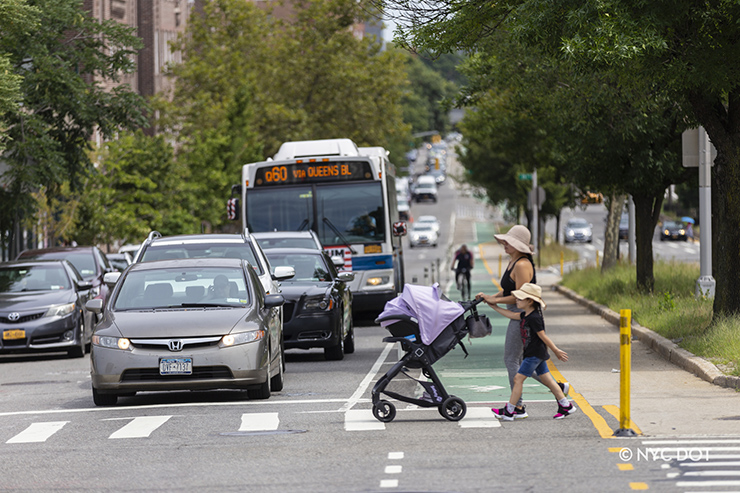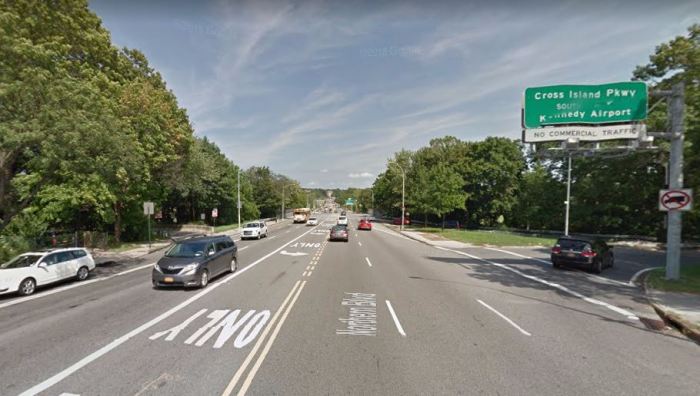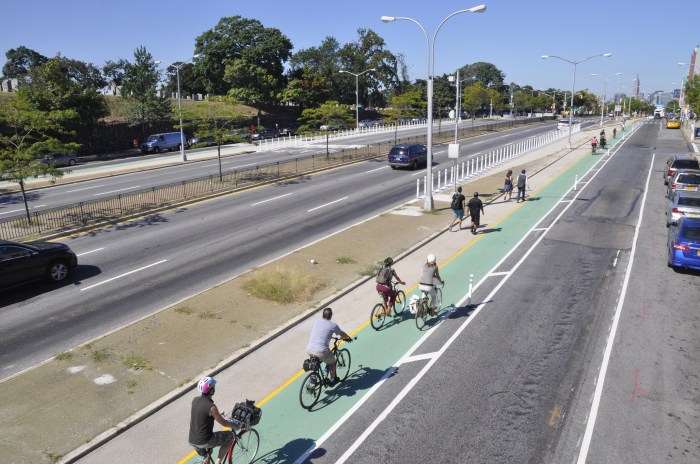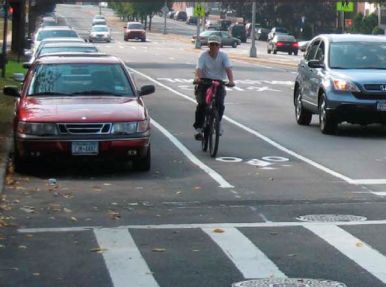The New York City Department of Transportation (DOT) heard from Queens residents during a two-day workshop regarding the New York City Streets Plan (NSP) Thursday, July 22, and Friday, July 23.
The DOT held virtual workshops for all Queens residents to get their feedback on improving New York City streets. Most of the participants prioritized making more room for bike lanes.
These workshops are the preliminary stages of DOT’s five-year street plan to improve safety and accessibility. Over the next few months, the DOT will make draft recommendations to present them to the public and the City Council in the winter.
The workshops had about 25 residents participating in each session. The DOT utilized breakout rooms to ask the public questions about what kinds of streets they would prefer to see in their neighborhoods. The workshop also gave time for the public to voice concerns about making their streets safer. Most participants spoke about dangerous streets in their neighborhoods in need of traffic lights or other interventions to curb speeding.
Mark Flynn, a street planner at DOT, said the agency would be prioritizing safety with this street redesign plan. Flynn said overall traffic fatalities have been declining over the last decade — though, there was an uptick last year.
“This being a walking city, pedestrians still make up the majority of fatalities, so we definitely need to prioritize pedestrian safety,” Flynn said. “There are all these different users of our streets, we have to be thinking about all their individual needs and concerns. But how can we reduce interactions between motor vehicles and people who are walking or biking?”
Flynn also said cohesive bike lanes will be looked into as the plan is finalized.
State Senator Joseph Addabbo said that his office has been receiving calls from residents wishing to change their streets.
“Each neighborhood is different, so there is no one-size-fits-all solution to the problems we face,” Addabbo said. “These workshops are the perfect way for people to let DOT know exactly what they would like to see in their communities.”
The second round of virtual workshops will be held in September and October.
More information on the DOT’s plan and a proposed timeline can be found at their website. Residents can also take the interactive survey to express their ideas on where the funding should go and how it should be spent.




































